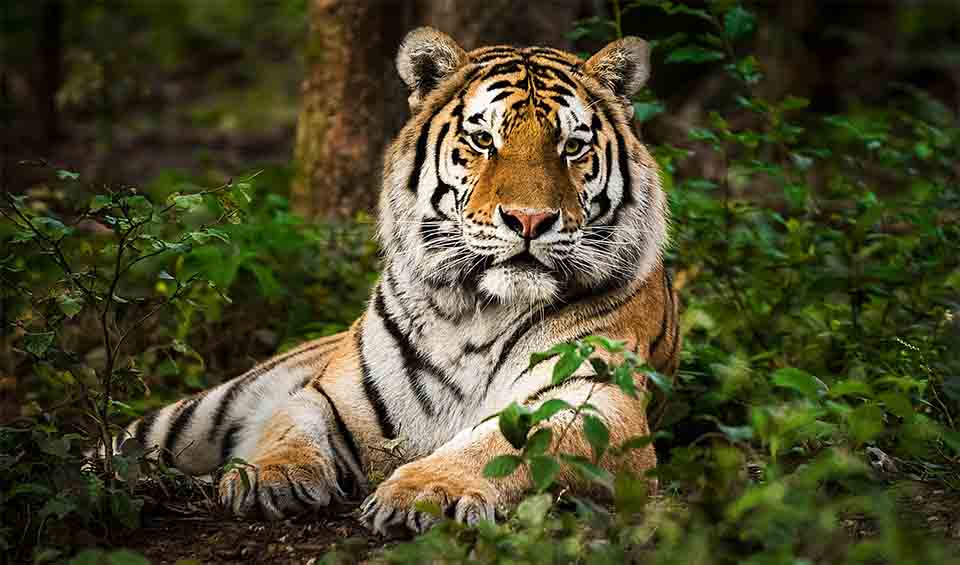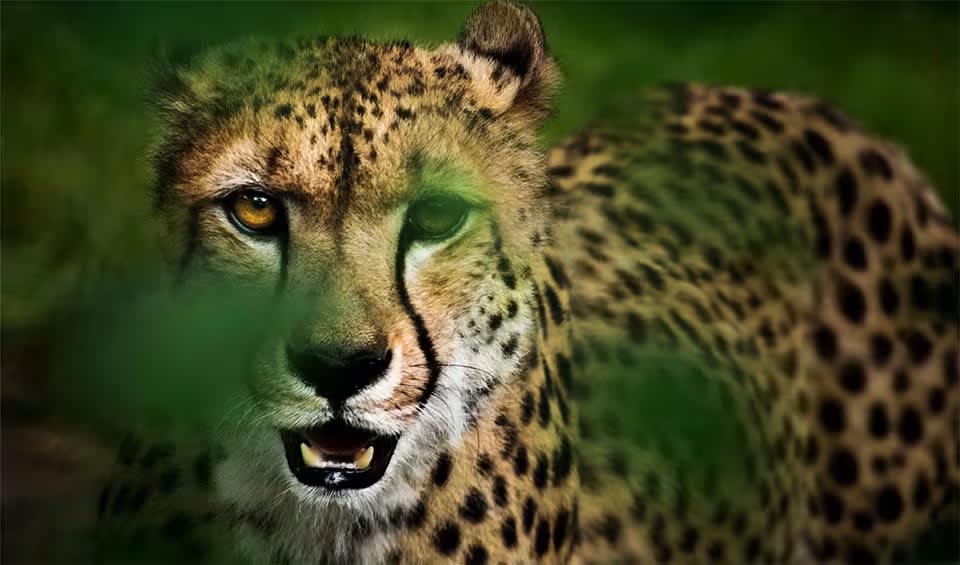One of the most fascinating aspects of their physiological adaptation is the ability to reduce the size of vital organs, including the liver and heart, in response to limited resources. This remarkable mechanism not only aids in conserving energy but also in coping with decreased levels of oxygen availability.
Distinguishing between male and female Thomson’s gazelles can be readily done by observing their horns. Males boast larger and more pronounced horns, which serve as a tool to defend against predators and symbolize masculinity during mating displays. These horns are not just ornaments but are integral to the social structure and survival strategies of Thomson’s gazelles, playing a vital role in their interactions within the herd and with potential threats in their environment.
The Thomson’s gazelle is also renowned for its remarkable speed, capable of reaching up to 70 km/h (45 mph). This speed is not just for show; it’s a critical survival tool that can mean the difference between life and death in the predator-rich ecosystems they inhabit. While cheetahs are indeed faster over short distances, the stamina of Thomson’s gazelles often gives them an edge, allowing them to outrun these formidable predators over longer chases. Cheetahs, which may become exhausted after brief, intense sprints, sometimes find themselves outmatched by the endurance of these agile gazelles.
Another intriguing behavior observed in Thomson’s gazelles is their unique high-jumping with stiff legs, a motion known as “stotting” or “pronking.” Contrary to what might seem like an expression of excitement or playfulness, this action serves a critical communication function. It signals to fellow gazelles the presence of predators and acts as a warning that it’s time to flee. This behavior may also serve to demonstrate the gazelle’s fitness and agility to potential predators, suggesting that it would be a difficult target to catch.
Distribution
 Kenya
Kenya Tanzania
TanzaniaAnything we've missed?
Help us improve this page by suggesting edits. Glory never dies!
Suggest an editGet to know me
Terrestrial / Aquatic
Altricial / Precocial
Polygamous / Monogamous
Dimorphic (size) / Monomorphic
Active: Diurnal / Nocturnal
Social behavior: Solitary / Pack / Herd
Diet: Carnivore / Herbivore / Omnivore / Piscivorous / Insectivore
Migratory: Yes / No
Domesticated: Yes / No
Dangerous: Yes / No






